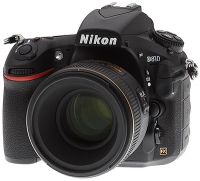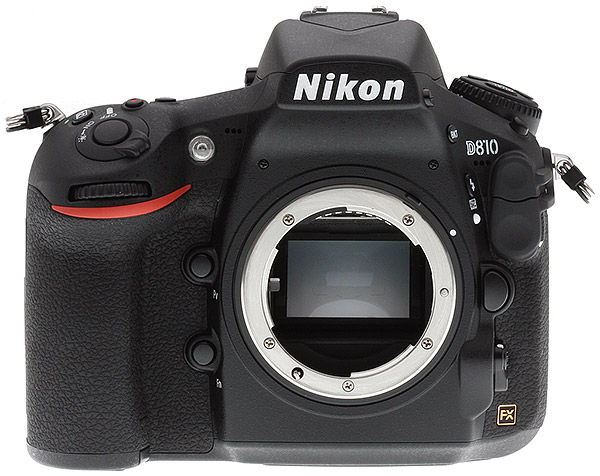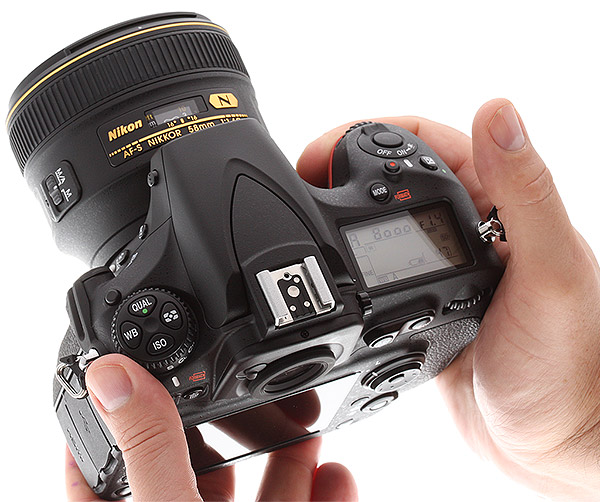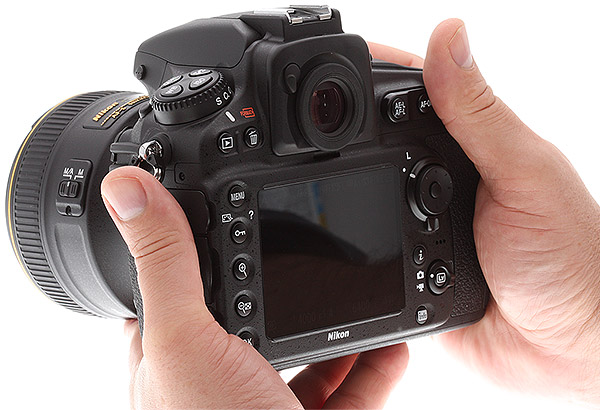Nikon D810 unites D800, D800E in one model, takes the HDSLR to the next level
posted Thursday, June 26, 2014 at 12:01 AM EDT

Two years ago, Nikon started a trend with the launch of the D800E, a full-frame digital SLR which did without a resolution-robbing optical low-pass filter in the quest for maximum resolution. Today, the company follows up with the Nikon D810, a camera which shares much with its predecessor -- but with some very important differences. Perhaps the most important is a change in strategy: Unlike it's predecessor, there's no OLPF-equipped variant of the Nikon D810.
At the heart of the Nikon D810 is a refinement of the 36.3-megapixel image sensor from the D800 and D800E, sporting improved microlenses for better light-gathering capabilities, along with a next-generation EXPEED 4 image processor said to offer 30% greater performance. Between both upgrades, the Nikon D810 bests its predecessors for sensitivity across the board, with an expanded sensitivity range of ISO 32 to 51,200 equivalents.

Nikon also promises even greater resolution from the newly-designed sensor than it managed with that in the D800E, and a one frame-per-second improvement in burst performance across the board, to a maximum of five frames per second at full resolution, or 7 fps with a DX-format crop and the optional MB-D12 Multi Power Battery Pack attached.
And that's not all -- not by a long shot. Video improvements abound, including the ability to use the Power Aperture function while recording to flash cards, and to simultaneously output uncompressed HDMI to an external recorder while also recording compressed video internally. And the Nikon D810 also sports a power-saving, brighter rear-panel LCD with RGBW pixel structure, along with an improved TTL pentaprism optical viewfinder.

The company has also developed a brand-new mirror sequencer / balancer unit that's designed to better-control vibration, and subtly redesigned the Nikon D810's weather-sealed, magnesium alloy body with a deeper, more comfortable grip and some minor tweaks to controls. Other changes include a new electronic first-curtain shutter function, a highlight-weighted exposure metering option, a space-saving, reduced-resolution raw format, and a new Picture Control called "Flat", aimed at those who want to color-grade and match output from multiple different cameras.

The Nikon D810 is priced at around US$3,300 body-only, and expected to ship in late July 2014. Pricing for the specialized video-specific Nikon D810 kits wasn't available at press time. (UPDATE: The D810 Filmmakers Kit, with body, 3 primes, Atomos Ninja recorder and other accessories is available for $4,996.95) For a whole lot more information on what's new in the D810, be sure to read our hands-on Nikon D810 preview.
Pre-order the Nikon D810 from one of Imaging Resource's trusted affiliates: